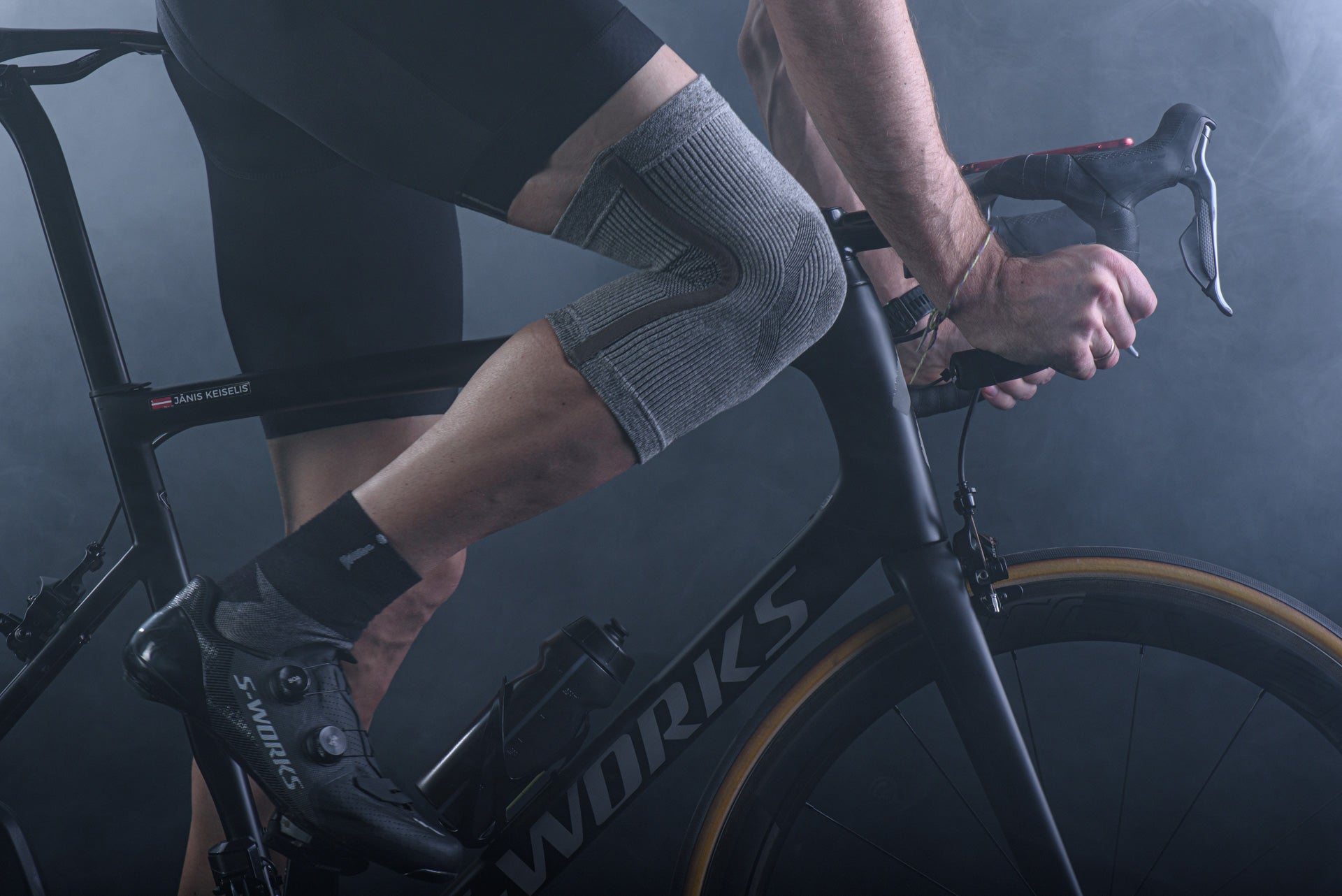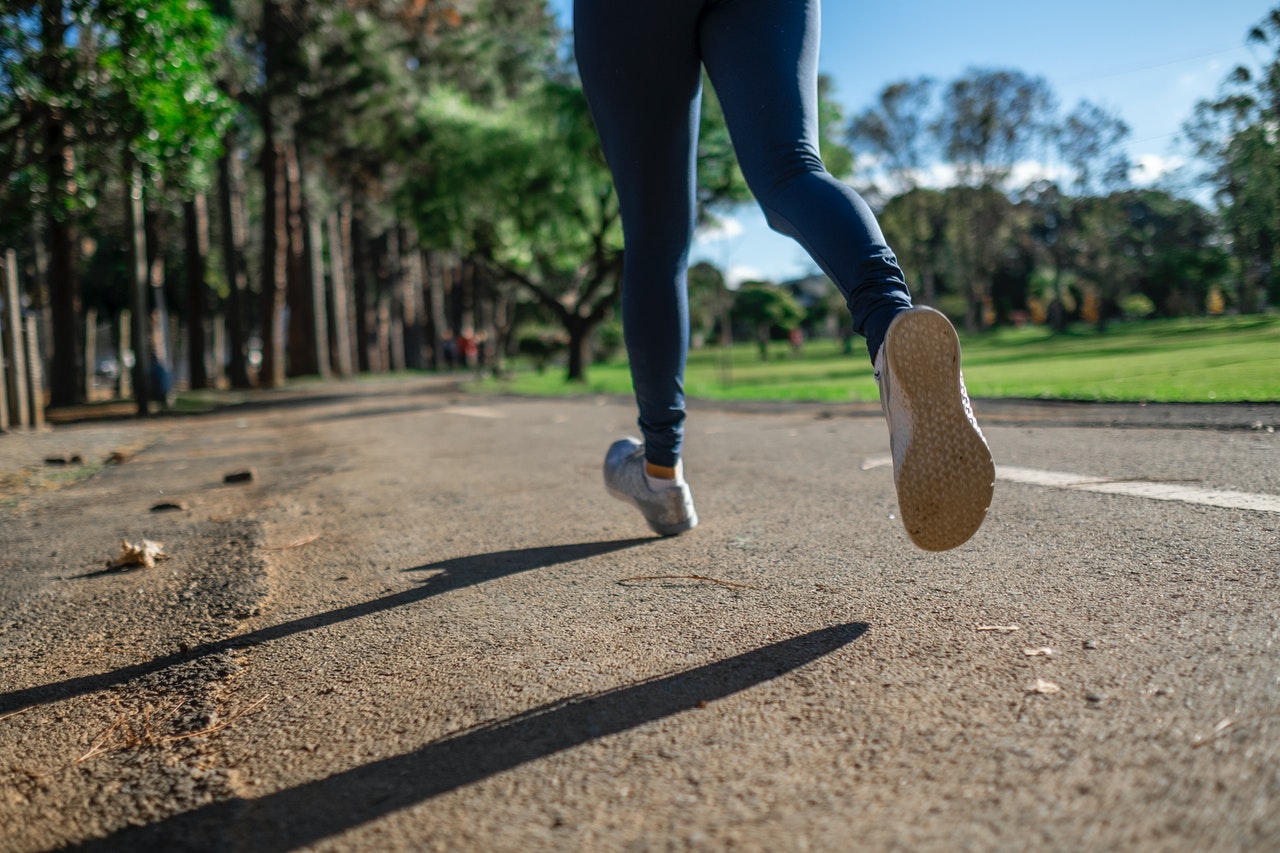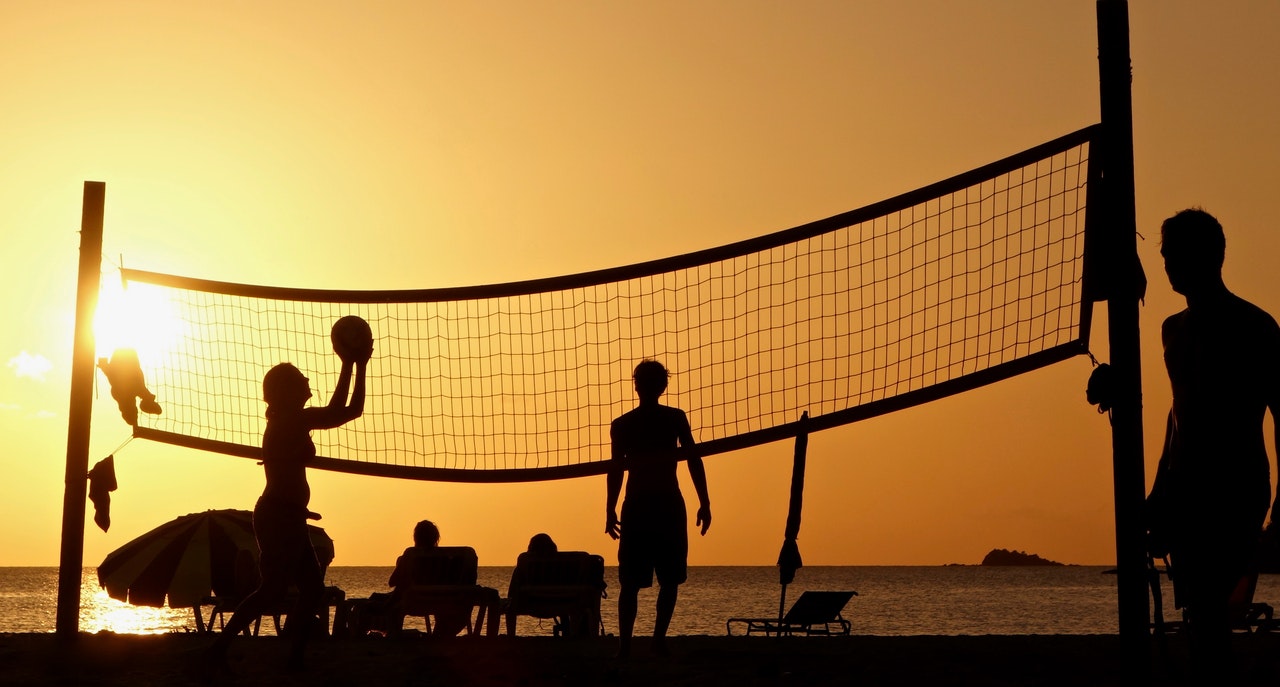Did you know that volleyball is the second most popular team sport in the United States? Second only to basketball, it is enjoyed by over 37 million people in the US alone. Globally, over 800 million people play this fast-paced, exciting sport. According to VolleyCountry, volleyball is the 5th most popular sport in the world. It has been an Olympic sport since 1964.
Volleyball is an energy-intensive sport, with research suggesting that a game can easily burn more than 300 calories per hour. Balance, coordination, speed, and agility are required to be a skilled volleyball player, and these will improve the more you play. Volleyball can also reduce stress and anxiety, and give you the feeling of accomplishment that comes from working together with your teammates to achieve a common goal.
As you can see, playing volleyball comes with many benefits for your health as well as being a lot of fun. But, like any sport, it also comes with a risk of injury. Strains and sprains in the hands, wrists, ankles, and knees are common volleyball injuries. Rotator cuff muscles (the muscles that allow you to move your shoulder) are at risk of injury due to repetitive, strenuous movements. Conditions such as Patellar Tendonitis, an inflammation of the tendon that connects the kneecap to the tibia, and Anterior Cruciate Ligament (ACL) knee injuries are also common.
Fortunately, there are steps you can take to protect your body and up your volleyball game without sustaining an injury in the process. Read on to learn how to choose and use wrist sleeves and other protective gear when playing volleyball.

Buy Protective Garments Preemptively
The time to start using protective gear is not when you have already sustained a volleyball injury. Instead, start using the appropriate wearable technology now. This means that you are less likely to get injured in the first place and, if you do, the injury is likely to be less severe.
Incrediwear’s support garments work differently to other products on the market. Most of the support gear and recovery wear you’ll see is based on using compression to increase blood flow. Our products use a non-compression technology that relies on the elements of Carbon and Germanium to increase the circulation of blood and lymph fluid in your system.
These gentle, safe products have been scientifically proven to be effective, with 100% of participants experiencing a reduction in pain symptoms according to one study. Dr Rahul Desai of RestorePDX, a musculoskeletal medicine clinic in Portland, believes that non-compression recovery wear will become a gold standard in the next few years.
When you purchase protective wear preemptively, you are investing in protecting your body and ensuring you can keep enjoying volleyball free from pain and injury.

Protect the Most Vulnerable Parts of Your Body
As we’ve mentioned, certain parts of your body—namely your wrists and hands, ankles, and knees—are most at risk when playing volleyball. Therefore, you should take extra steps to protect these areas.
You can use wrist support such as a wrist sleeve, protect your hands without compromising on movement and dexterity with fingerless circulation gloves, and keep those delicate knee bones and ligaments safe with a knee sleeve. This combination of protective gear will go a long way towards helping you to stay injury-free when you play volleyball.
Listen to YOUR Body
We have outlined the body parts that are most at risk and the injuries that are most common when playing sports like volleyball. But everyone’s body is different, so you should pay close attention to what yours is telling you.
Are you experiencing pain in a particular area during or after a game of volleyball? If so, that’s a sign that something might be wrong. See your doctor or physiotherapist to rule out any underlying cause, and add protective support wear for that particular body part to your volleyball kit.
Use Your Wearable Technology Every Time You Play
Protective wearable technology like Incrediwear wrist supports and knee sleeves are only as good as your use of them. For maximum benefit, we recommend wearing them every single time you play volleyball.
Keep a set of your protective garments in your volleyball kit bag and make putting them on a part of your process of getting ready for a game. It only takes a couple of minutes and is more than worth it for the enhanced protection from injury.
Don’t worry—they will not get in the way of your performance! Incrediwear wearable technology is lightweight and comfortable, does not restrict movement, and is made of a moisture-wicking fabric that helps to keep you from feeling too hot and sweaty. You can wear our products under or alongside your ordinary sporting clothing.

What If You Do Get Injured?
Sporting injuries do happen, and it is possible to do everything right and still sustain a volleyball injury. This can be painful and frustrating, but it does not need to mean you can no longer enjoy your favorite sport.
There are a few simple things you can do to help yourself recover more quickly. Follow medical advice, rest the affected area, and ensure you eat a healthy diet and get plenty of sleep. You might also be able to do some gentle exercise to help keep your muscles healthy until you can get back out on the volleyball court again. Do not try to play volleyball again until you are fully recovered, or you could exacerbate the injury.
You can also use wearable technology to help you recover. Our protective garments work alongside your body to help you recover from injury, bringing more nutrients to the affected area and reducing pain and swelling. If you’ve injured your wrist, for example, an Incrediwear wrist support can help you to manage pain while speeding up the healing process. Our products can be used alongside other modes of treatment and have been shown to reduce, or even eliminate, the need for over-the-counter pain medication.
You’ll be back out there with your volleyball team before you know it!
Read more

The hamstrings are the muscles at the back of your thigh, running from the hip to the knee. They are one of the most commonly injured parts of the body, especially amongst people who exercise freq...

Happy new year! January is the time when millions of us pledge to lose weight, get in shape, join a gym, or otherwise take steps to improve our lives and health. And while there’s nothing wrong w...






Leave a comment
All comments are moderated before being published.
This site is protected by hCaptcha and the hCaptcha Privacy Policy and Terms of Service apply.